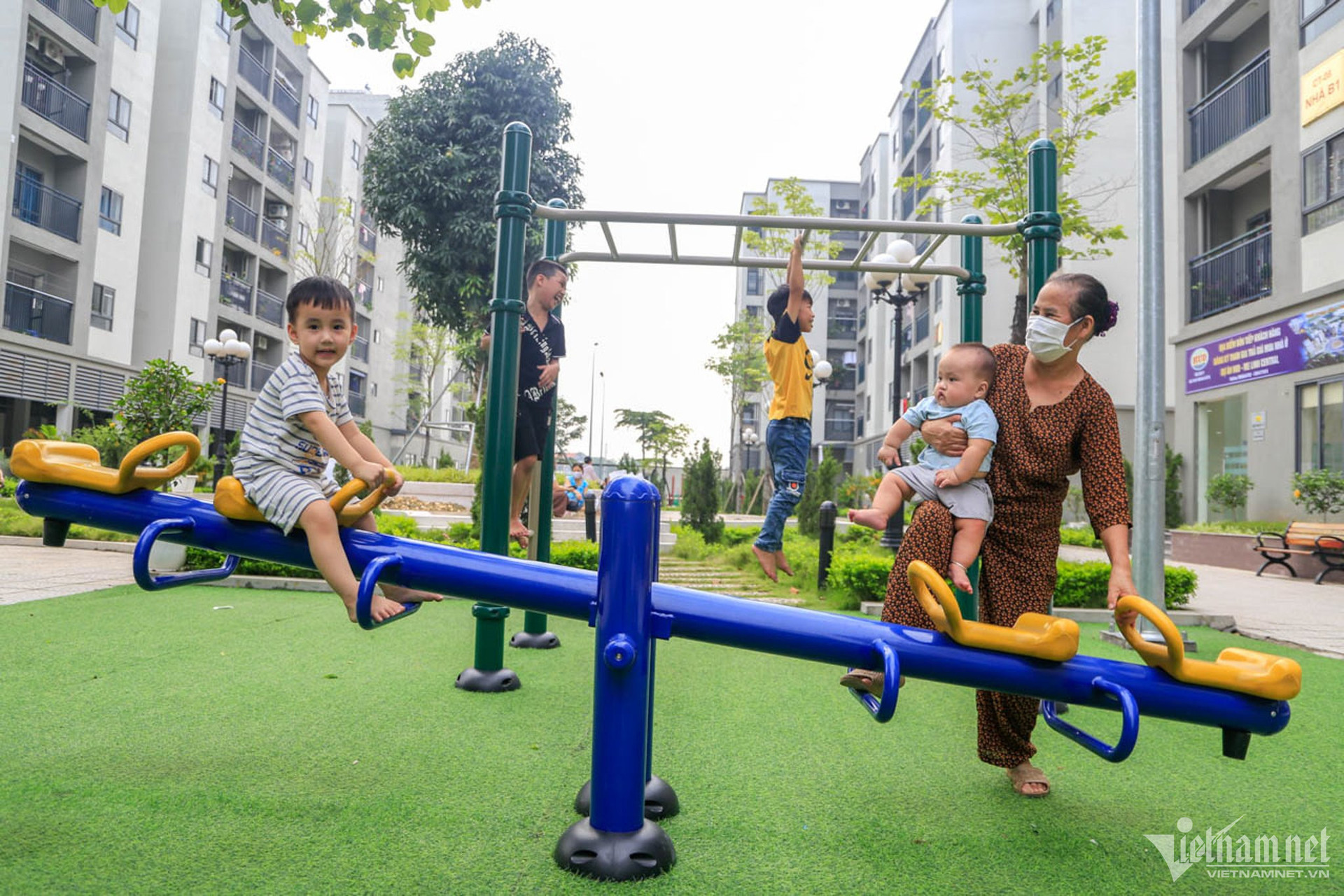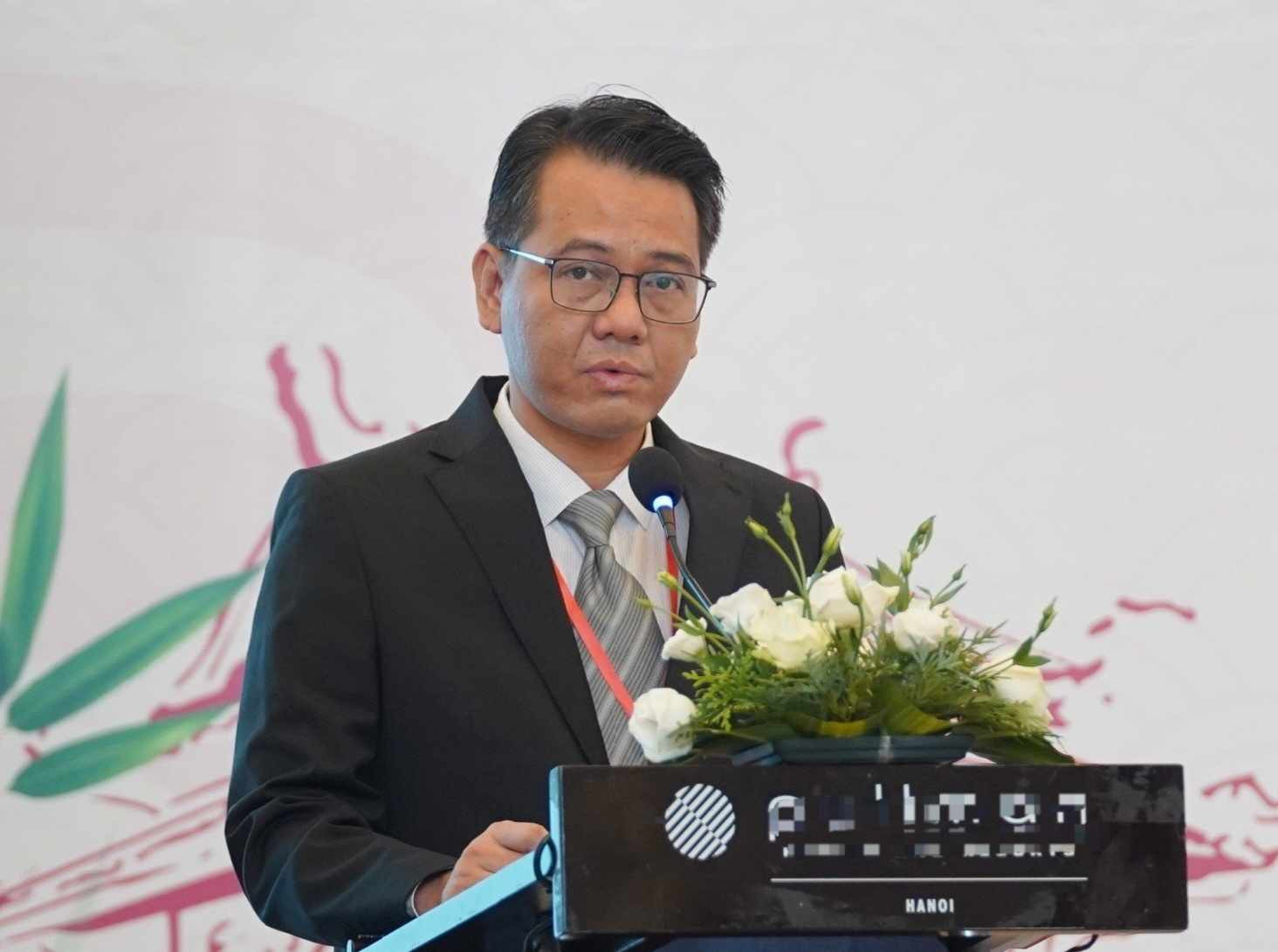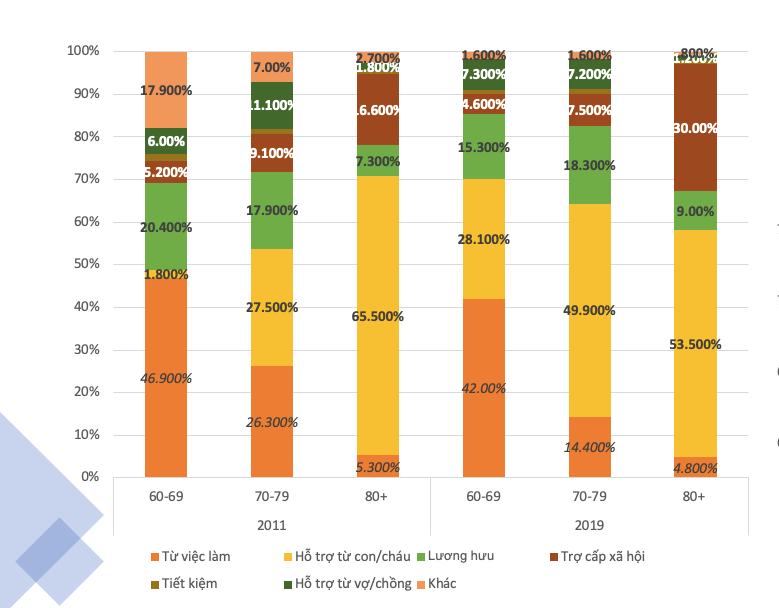The average life expectancy of Vietnamese people is 73.6 years, but women have a higher life expectancy than men, specifically 76.1 compared to 71.1.

The information was given at the Workshop on Sharing Experiences in Adapting to Aging and Elderly Care between Japan and Vietnam, held on August 29.
Dr. Pham Vu Hoang, Deputy Director General of the General Department of Population (Ministry of Health), said that Vietnam began its population aging phase in 2011 with people aged 65 and over accounting for 7% of the total population.
If calculated by the age of 65 and over, Vietnam currently has 9 million, which will increase to 21.7 million by 2050. If calculated by the age of 60 and over, our country has nearly 11.9 million people (accounting for 12%), which is expected to increase to 25% by 2050.
Continuing to affirm that Vietnam is one of the countries with the fastest aging rate in the world, Mr. Hoang said that the time for our country to transition from the aging population stage to the old population stage is very short, about 25 years.
That means that in 2036, Vietnam will officially enter the aging population period. 20 years later, Vietnam will enter the super-aging population period, like Japan a few years ago.
According to the General Department of Population, the average life expectancy of Vietnamese people is 73.6 years, but Vietnamese women have a higher life expectancy than men (76.1 compared to 71.1). In 2019, this gap was 5.3 years (76.3 compared to 71.0).
On average, the elderly in Vietnam suffer from 3-4 diseases, usually non-communicable diseases, musculoskeletal diseases, dementia, hearing loss, high blood pressure, sleep disorders... Although the aging rate is very fast, the number of elderly people increases every year, but the medical services to meet the treatment and long-term care needs of Vietnam are very modest. The whole country does not have a hospital for long-term care of the elderly.
As for Hanoi, Associate Professor, Dr. Ho Thi Kim Thanh, Department of Family Medicine, Hanoi Medical University, said that the capital has 250,000 people aged 75 and over, who need the most social, medical, and care assistance. It is estimated that Hanoi needs at least 10 hospitals, geriatric departments, and specialized geriatric care medical centers to serve the people.

Limited planning for retirement
Ms. Bui Thi Ninh, Director of the Office of Employers, Vietnam Federation of Commerce and Industry in Ho Chi Minh City, said that Vietnamese elderly people still have the mindset of investing for their old age by investing in their children. “They try to focus all their money on their children’s education and future, hoping that their children will take care of them in the future. Preparing stable and sustainable sources of income for old age is still quite limited,” Ms. Ninh said.
The income of the elderly in Vietnam comes mainly from the support of their children and grandchildren. The older they are, the greater their dependence becomes; while their income from work decreases with age. The source from savings is very small, only a few percent.

This makes Ms. Ninh think it is "quite alarming and worrying" because pensions and social benefits are still limited. If support from children or grandchildren or the ability to work is reduced, income will decrease significantly, becoming a major obstacle to the lives of the elderly.
Japan is a country with a super-aged population today. The country's elderly population aged 65 and over in 2022 is 36.2 million, accounting for 29% of the total population. This country has a lot of experience in building an aging society such as restructuring the healthcare system, geriatric care, building and managing elderly care facilities, building social security policies, labor, infrastructure design, etc.
Professor Naoki Kondo, Head of the Department of Social Epidemiology, Kyoto University School of Public Health, gave an interesting example of how local governments in Japan have established community cafes to prevent functional disabilities in the elderly. These community cafes are places where the elderly can gather, interact, and socialize, which can reduce the rate of people needing nursing care by 50%; at the same time, they attract many low-income people and elderly women to participate. The Ministry of Health, Labor and Welfare of Japan also has a budget to support local governments in implementing this model.
According to Vietnamnet